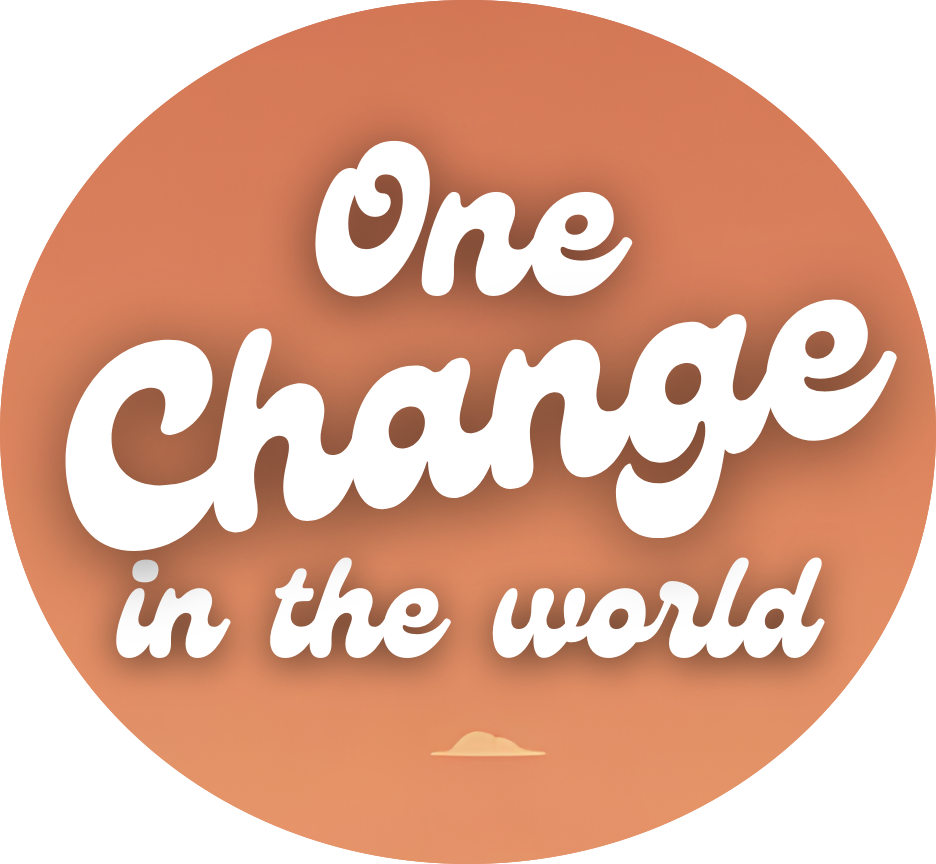The poverty line changes every year.
But why?
Why does the poverty line change every year?
Because it is calculated from the median standard of living (note, read below: the median standard of living is not the poverty line, but it is calculated from). For those who have forgotten their mathematics, the median standard of living is the one in the middle of the population. Here, at 50% of the population.
Differences Between Median and Mean
You are all used to the average. For example, we often average the grades of all the students in a class. We take all the grades of all the students, and make an average of them: that is, we imagine a typical student in the class, who would have obtained this average grade.
The calculation of the median grade is different: for example, in a class of 30 students, it is the grade of the 15th student. Fifty percent of the class has more, 50% of the class has less.
How is the median standard of living calculated to set the poverty line?
This is done byINSEE.
Approximately 60,000 households are drawn at random.
These households are representative of the population of metropolitan France (i.e. certain criteria are used, such as gender, age, etc., to represent the entire population).
This number of households corresponds to nearly 110,000 people.
A household includes all the occupants of the same dwelling, whether it is a person, roommates, or a family, or people living in free accommodation.
The homeless and communities such as retirement homes, convents and prisons are not included.
What is the exact poverty line?
A consensus within the European Union and in France sets the poverty line at the median standard of living.
This is why it is the main statistic used by INSEE, by the press and by the public authorities.
But there are as many poverty lines as one wants. For example, 50% of the median standard of living, 40%, 70%, etc.
Evolution of the poverty line and the poverty rate in France
Poverty rate in France:
1970:19% of the population was “poor”
Two thousands:13% of the population was “poor”.
2012:13.9% of the population was “poor”.
Poverty line in France in 2018:
In 2018, a person is considered poor if he or she receives 1,026 euros (60% threshold) or 855 euros (50% of the median income threshold).
Criticisms of the poverty line:
1. We must not forget this fundamental criterion, which is to be based on the median standard of living.
But our society is getting richer all the time.
Thus, the poor of the 2010s are in fact richer than the middle classes of the 1970s.
2. Let us remember once again that:
The homeless and communities such as nursing homes, convents, prisons are not included.
It is estimated that between 100,000 and 500,000 poor people are not counted.
3. Homeowner or not?
For example, someone who has finished paying for his apartment, who owns it: he only gets 1,500 euros.
Someone else, for example, who rents an apartment: he or she also gets 1,500 euros but has to pay the rent.
Who are the poorer of the two? It is obviously the second one, the one who rents an apartment.
This is not taken into account in the calculation of the poverty line.
4. Absolute value or relative value?
This is a reflection to be carried out, but is one poor in an absolute way or in a relative way?
One could consider, to make the formulation “in an absolute way” explicit, that if someone has enough to eat and sleep, to provide for his primary needs, then he is not poor.
In our French society and in the sense of the poverty line statistics, this same person can be poor by virtue of the fact that there is a large part of the population that is much richer than him.
This reflection is interesting for a global comparison: what does it mean to be poor today in our world?
→ Summary of the Wealth of Nations – Adam Smith
Originally posted on 13 October 2020 @ 00:00
